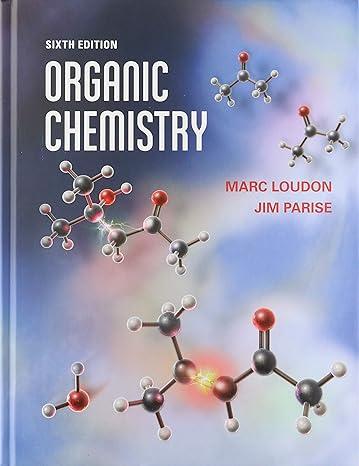This question refers to the biosynthesis of S-adenosylmethionine (SAM) introduced in Problem 25.15. The hydrolysis of the
Question:
This question refers to the biosynthesis of S-adenosylmethionine (SAM) introduced in Problem 25.15. The hydrolysis of the triphosphate leaving group in this reaction is catalyzed by the enzyme SAM synthase, and the hydrolysis of the pyrophosphate product of this hydrolysis is hydrolyzed by pyrophosphatase.
ADP rather than ATP could have evolved as an adenosyl donor, in which case pyrophosphate rather than triphosphate would have been the leaving group. What is the advantage of producing triphosphate as a leaving group rather than pyrophosphate?
Problem 25.15
In the biosynthesis of S-adenosylmethionine (SAM; Sec. 11.7B), the amino acid methionine undergoes an enzyme-catalyzed reaction with ATP to give SAM and triphosphate. (This is one of only two known biochemical reactions in which triphosphate serves as a leaving group.)
Step by Step Answer:






